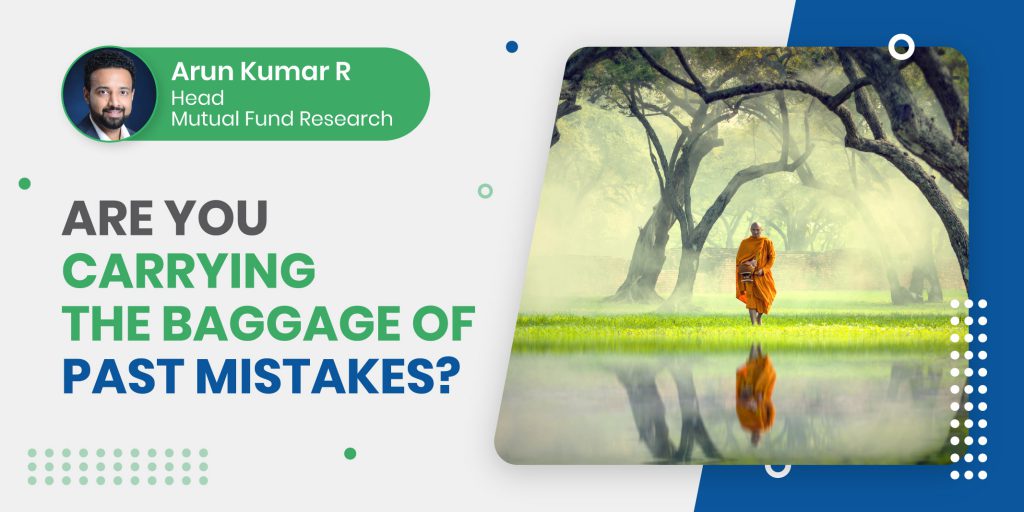
This article was originally published in LiveMint. Click here to read it.
Two Buddhist monks, a senior and a junior, were travelling together. During their journey, they came across a river with a strong current.
To continue, they had to swim through the river and go to the other side. As the monks were preparing to cross the river, they saw a very young and beautiful woman also attempting to cross, but didn’t know how to swim. The young woman asked if they could carry her across to the other side.
Buddhist monks take a vow of celibacy and are not supposed to even look at women, let alone carry them. The junior monk politely refused. But the senior monk put the woman on his back, swam across the river, and dropped her safely to the other side without saying a word. The younger monk couldn’t believe what had just happened.
After rejoining his companion, he was speechless, and an hour passed without a word between them. Two more hours passed, then three and finally the younger monk could not contain himself any longer, and blurted out: “Why did you carry that woman when we took a vow as monks not to touch women?” “Oh, you mean the woman way back there? I put her down long ago. Why are you still carrying her?”
Similar to the junior monk, all of us in some form carry the investment baggage of our past investment mistakes in our portfolios. In a world where we are bombarded with several new investment products (both good and bad) almost every day, it is natural that most of us end up with a lot of subpar or unnecessary products in our portfolios over time.
Thankfully, the markets have had a strong recovery in the past 18 months and the rising tide has lifted all boats. This is a great time to review and reflect on your portfolios.
Here is a quick checklist:
Check asset allocation: Is your current asset allocation (read as the split between equity, debt and gold) in line with your original plan? If there is a deviation of +/-5% in any particular asset class, this is a good time to rebalance it back to the original.
Check equity portfolio:
- Is your equity portfolio well diversified across different geographies, market capitalization (large-cap, mid-cap and small-cap), investment styles and sectors?
- Are there funds where the performance has consistently remained weak despite the investment style doing well?
- Do these underperforming funds clearly and transparently communicate the reason for the underperformance?
- Are there funds where there are frequent fund manager and strategy changes?
- Are there funds where you are not clear on the underlying strategy?
- Are there funds that have become too large, leading to size constraints and lower portfolio flexibility?
- Are there funds where the churn levels are excessive?
- Are there funds where the decline during the 2020 market fall was much higher than the benchmark—a rough proxy for higher risk in the portfolio?
Check debt portfolio: Check for the credit quality of underlying portfolios.
Check for duration: Higher duration implies higher temporary negative impact if interest rates rise.
Check for liquidity risk: Funds where the underlying portfolios cannot be sold immediately if there are sudden redemption pressures.
Check for redemption pressures in any of the funds
Check for over diversification: Are there products with less than 3% exposure in the overall portfolio? From a practical point of view, the allocation is too low to make any meaningful contribution to your portfolio. You can either exit completely or gradually increase the exposure to meaningful levels (say at least 10%).
Check for concentration risk: Are there products with more than 30% exposure? This is on the higher side and you may consider gradually reducing the exposure unless you are very confident on the product.
As you reflect on the above questions, now is a great time to simplify, focus and streamline your portfolio.
So, here is the question for you: Is your portfolio still carrying the baggage of the past?







